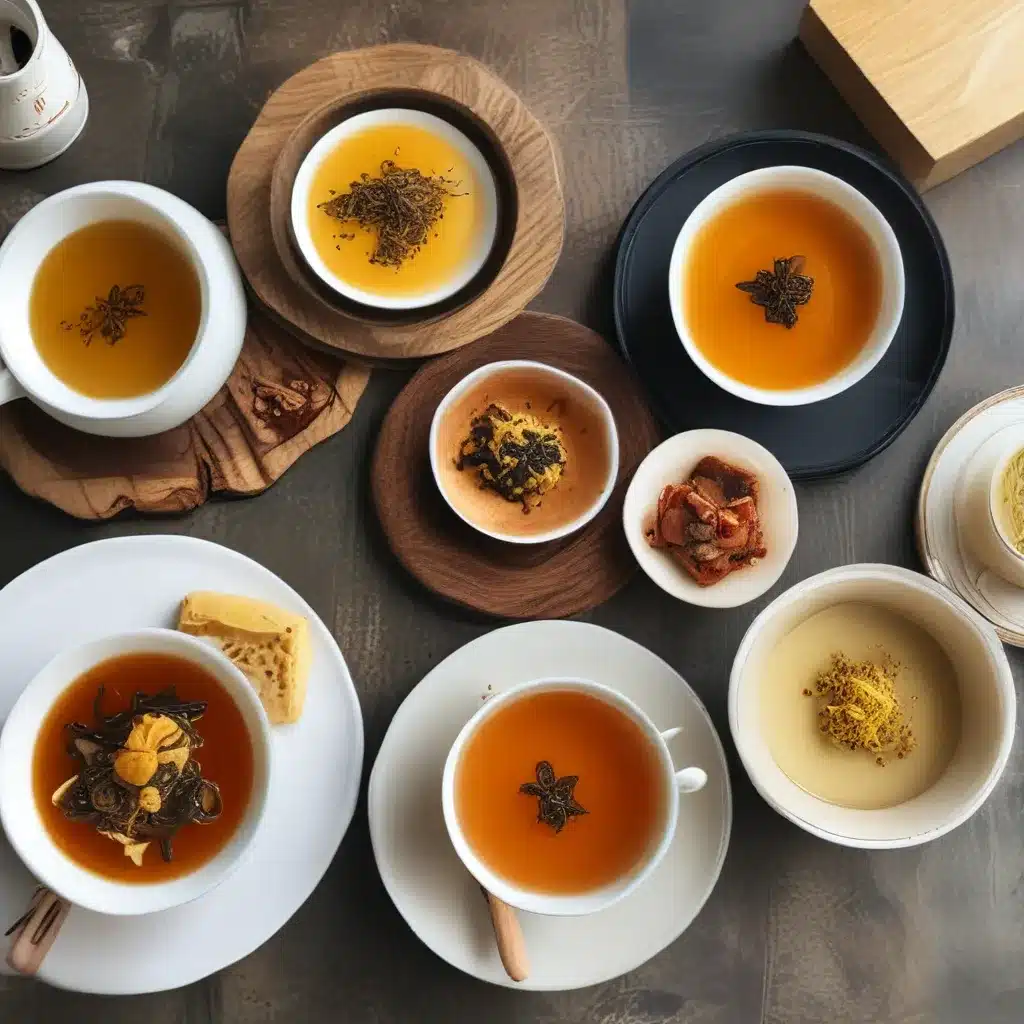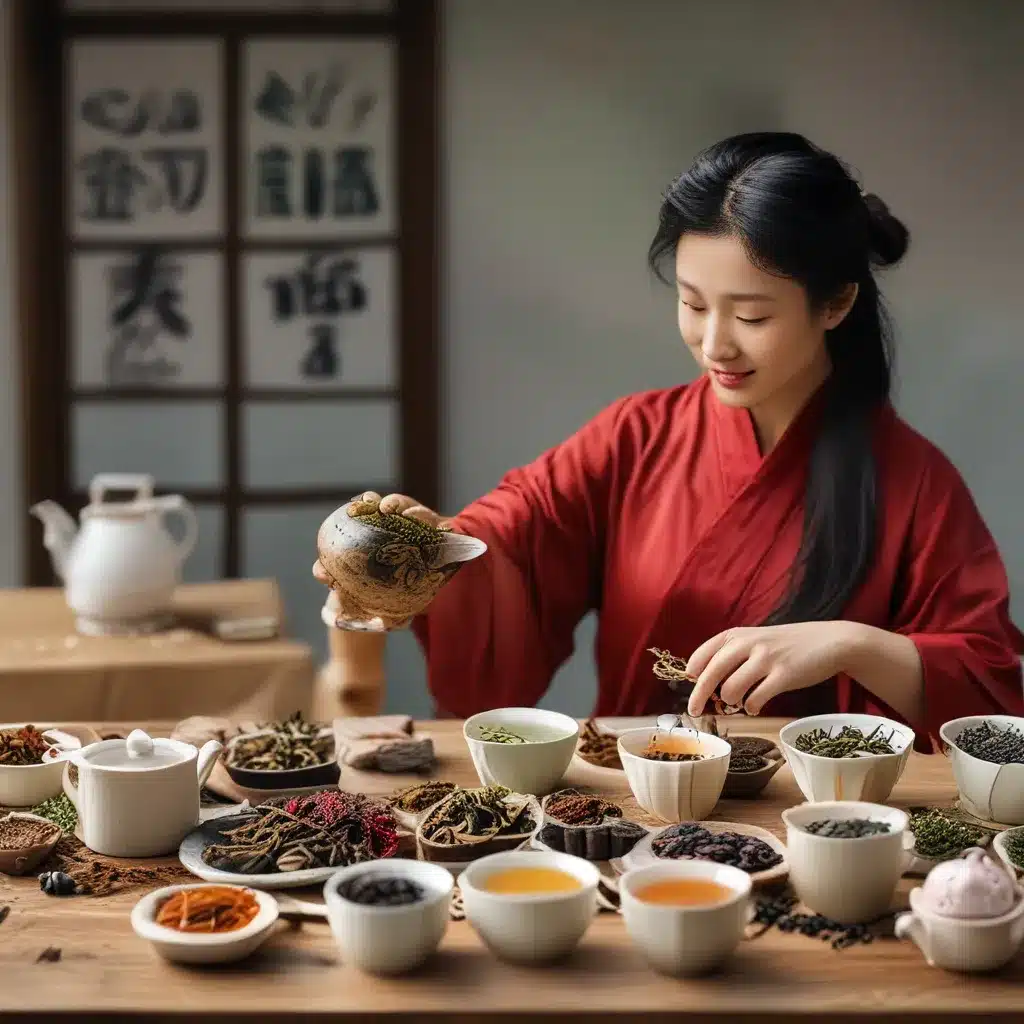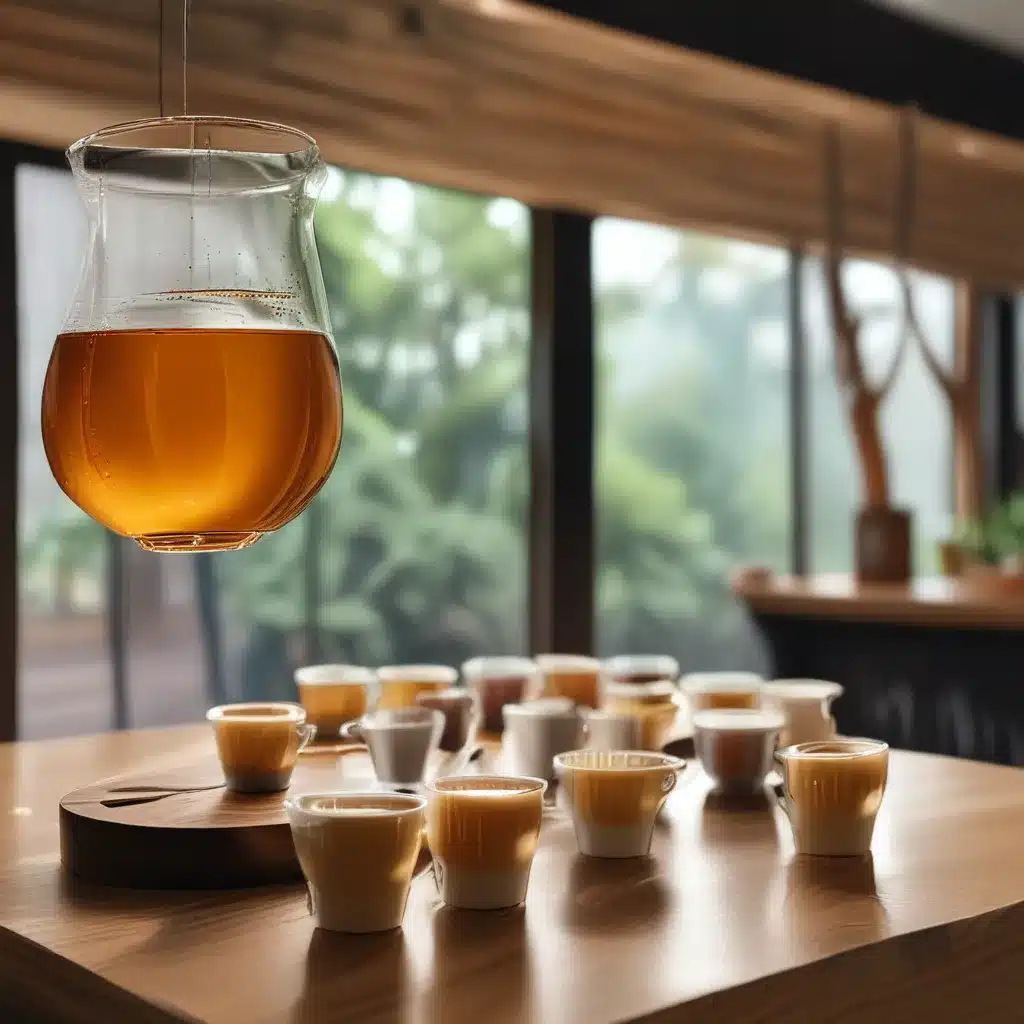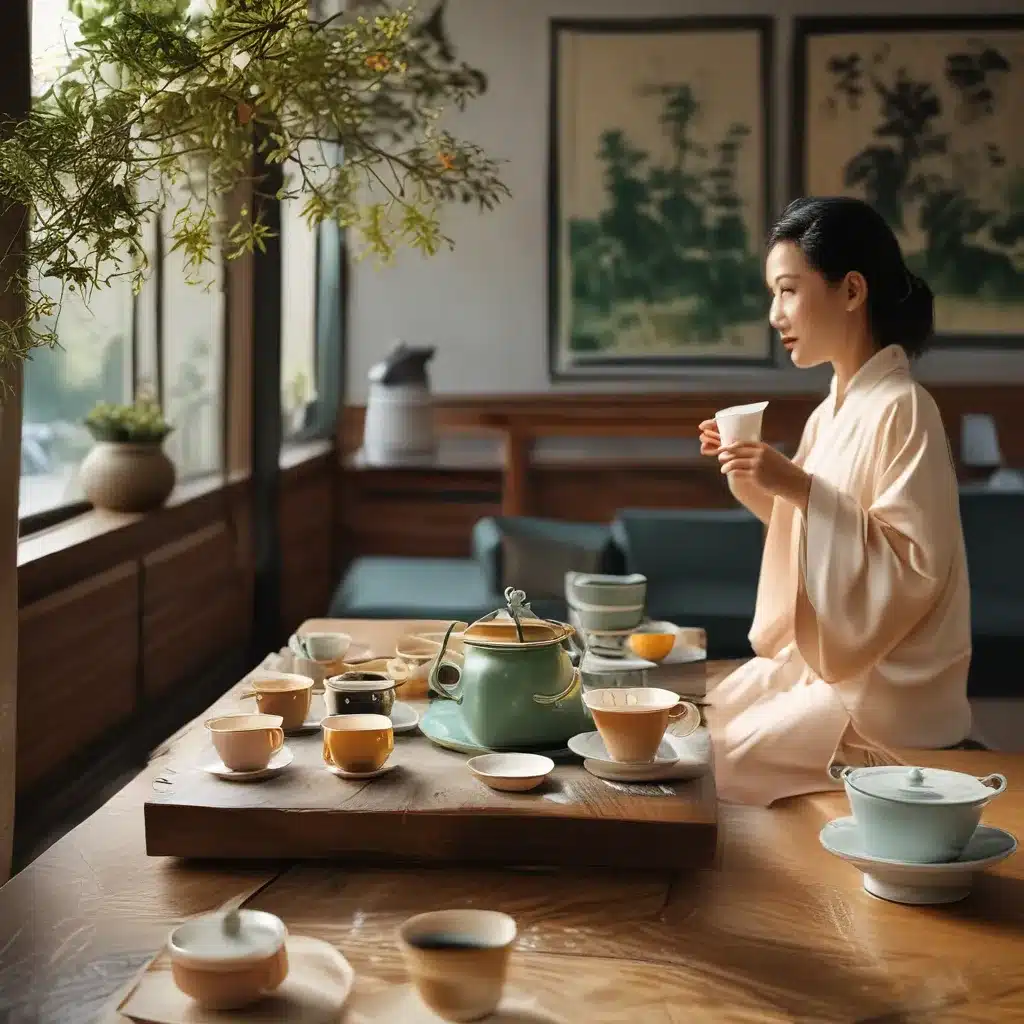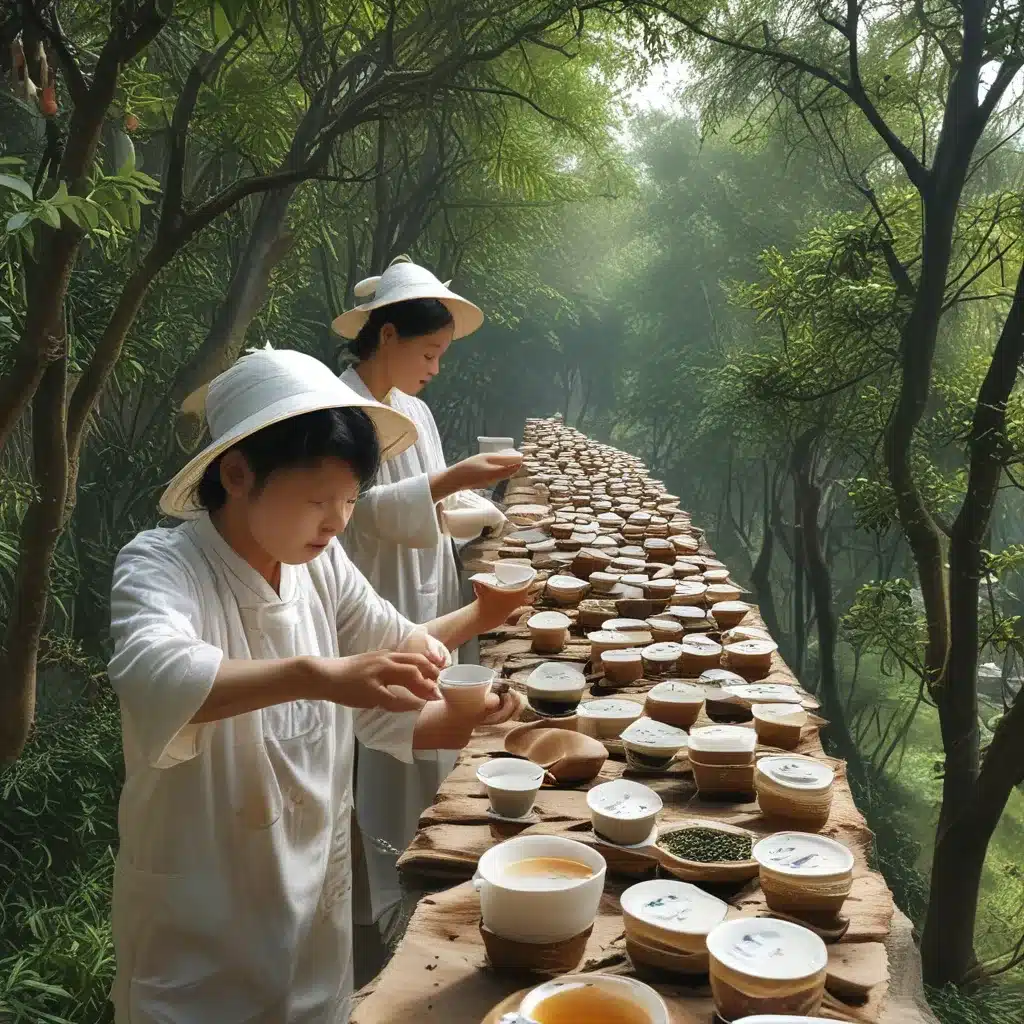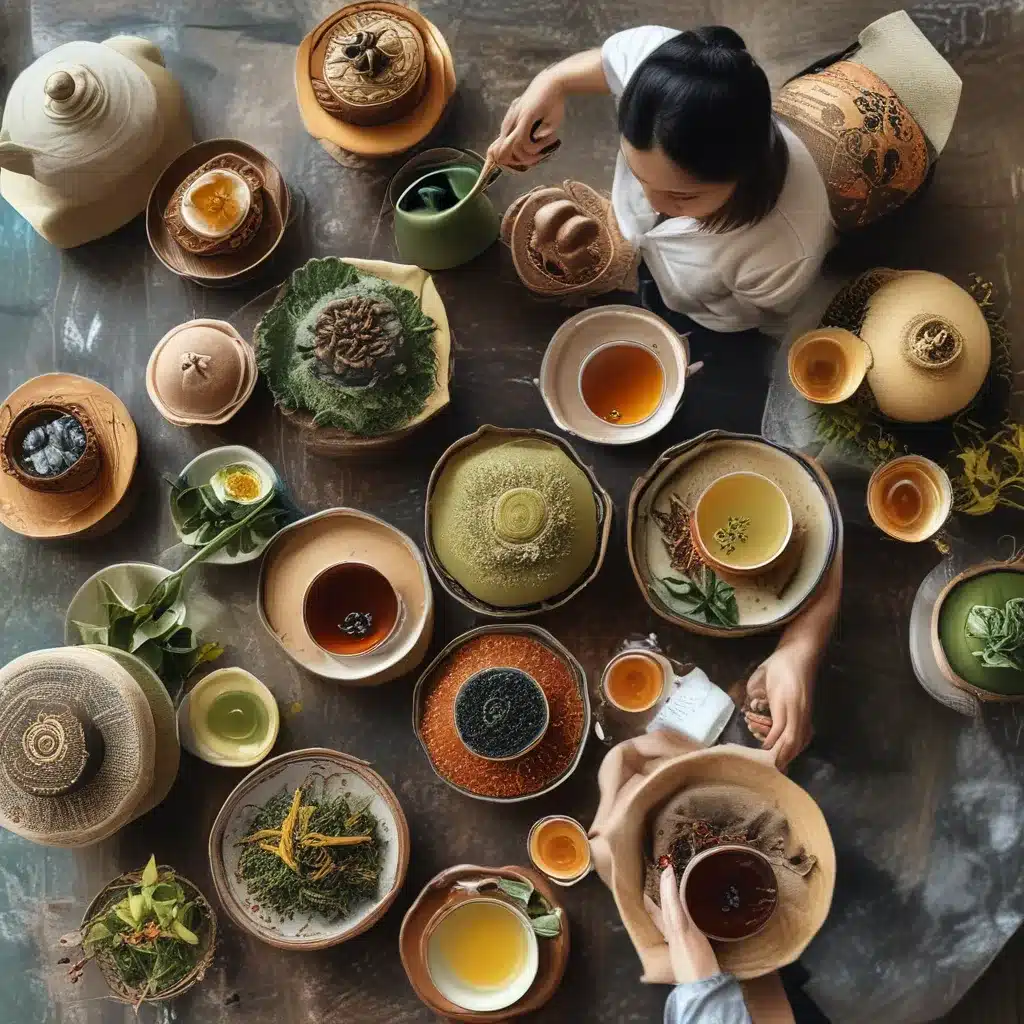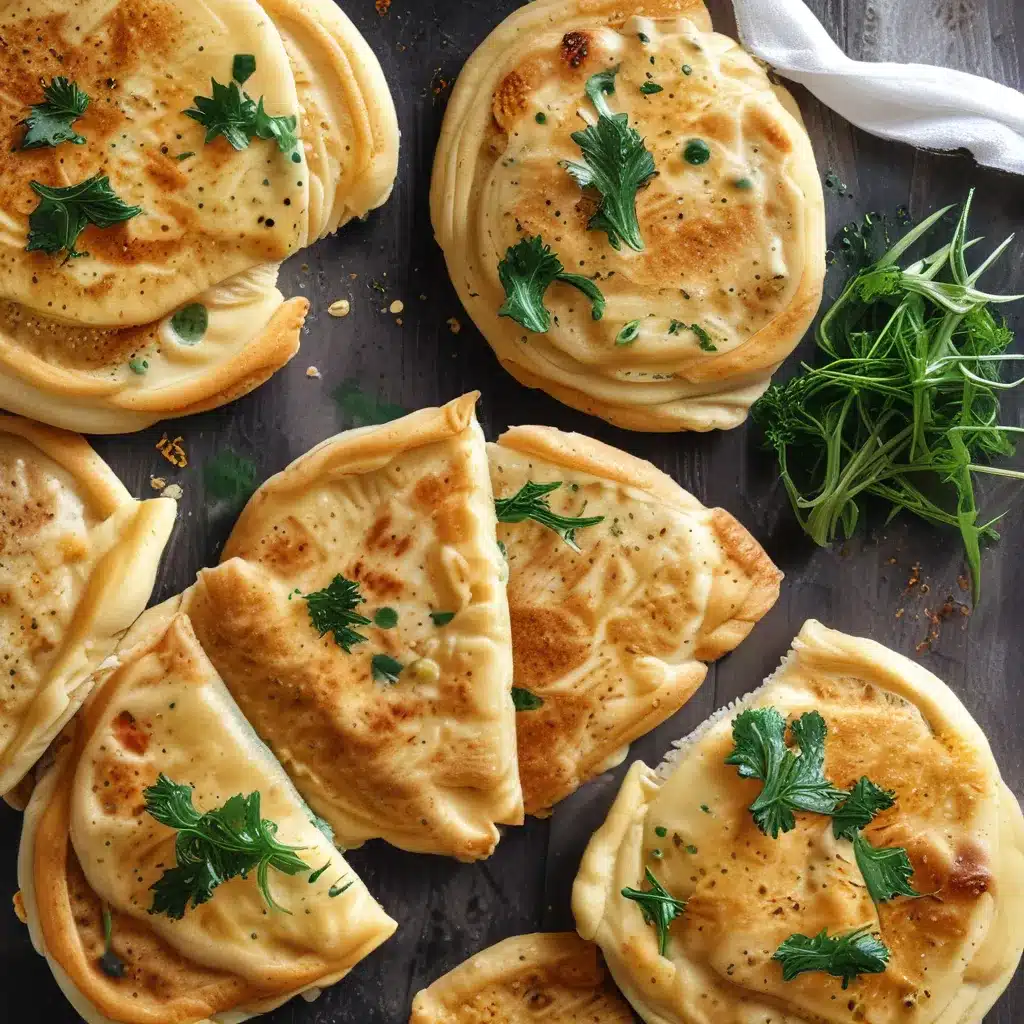
The Magical Aroma that Beckons
It’s a Saturday morning, and the air in my kitchen is thick with the intoxicating scent of sizzling scallion pancakes. As I stand before the stovetop, spatula in hand, I’m instantly transported back to my childhood in Shanghai, where the sound of crisping dough and the sizzle of hot oil would summon me to the kitchen, drawn in by the promise of a warm, flaky delight.
Growing up, scallion pancakes were a constant companion, a comforting presence in my life. Whether as a quick breakfast, an afternoon snack, or a side to a hearty meal, these savory discs of dough always managed to satisfy my cravings. Now, as I become the chef in my own kitchen, I’m on a mission to master the art of crafting the perfect scallion pancake, to recapture that nostalgic flavor and texture that has endeared this dish to generations of Chinese families.
The Humble Beginnings of a Culinary Icon
Scallion pancakes, or cong you bing, have a long and fascinating history that can be traced back to ancient China. While the exact origins of this dish are shrouded in mystery, it’s believed to have emerged as a practical way for farmers and workers to incorporate simple, readily available ingredients into a filling and portable food.
The basic recipe for scallion pancakes is deceptively simple: a dough made from flour, water, and salt, rolled thin and layered with chopped scallions, then pan-fried to crispy perfection. Yet, as any seasoned cook will attest, the devil is in the details when it comes to achieving the quintessential flaky texture and flavor profile.
The Science Behind the Flakiness
The key to unlocking the scallion pancake’s signature flakiness lies in the unique techniques and preparation methods that have been honed over centuries. It’s a delicate balance of ingredients, kneading, and frying that transforms the humble dough into a masterpiece of layered deliciousness.
The secret to achieving those delicate, paper-thin layers lies in the way the dough is rolled and folded. By rolling the dough into a long, thin sheet and then carefully rolling it up like a jelly roll, you create multiple layers that will puff and separate during the frying process. This layering technique is further enhanced by the addition of a special “oil dip” – a mixture of oil and sesame oil that is brushed onto the dough before rolling and folding.
As the pancakes hit the hot oil, the layers of dough rapidly expand, creating a mesmerizing, wavy pattern on the surface. The fat in the oil helps to crisp the exterior, while the interior remains soft and tender, with a hint of chewiness. It’s a masterful interplay of textures that has captivated food lovers for generations.
Mastering the Technique
Of course, perfecting the art of scallion pancakes is no easy feat. It’s a skill that requires patience, practice, and a keen eye for detail. As I’ve honed my own technique over the years, I’ve learned a few key tricks that have helped me achieve consistently flawless results.
One crucial step is ensuring that the dough is properly kneaded and rested before rolling. Giving the dough time to relax allows the gluten to develop, which in turn helps the layers hold their shape during the frying process. Additionally, the temperature and age of the oil can make a significant difference, with a well-seasoned pan and fresh, hot oil being essential for achieving that signature crunch.
But perhaps the most critical step in mastering scallion pancakes is learning to read the visual cues during the cooking process. As the pancakes sizzle in the pan, I keep a close eye on the edges, looking for that telltale golden-brown color and the subtle puffing that signals the perfect moment to flip. It’s a dance of patience and precision, a delicate balance that separates the average scallion pancake from the truly transcendent.
Unlocking Flavor Potential
Of course, the beauty of scallion pancakes goes beyond their flaky texture. The interplay of flavors is what truly makes this dish a standout. The freshness of the green onions, the richness of the oil, and the subtle saltiness of the dough all come together in a harmonious symphony that tantalizes the taste buds.
But the true magic happens when you start to experiment with additional ingredients and flavor profiles. A sprinkle of toasted sesame seeds can add a delightful crunch, while a drizzle of soy sauce or a dipping sauce made with chili oil can take the savory notes to new heights.
For those with a sweet tooth, a dusting of powdered sugar or a dollop of honey can transform the scallion pancake into a decadent treat. The possibilities are endless, and the joy of discovery is what keeps me coming back to this beloved dish, always seeking new ways to elevate and reinvent the classic.
The Shared Joy of Scallion Pancakes
As I stand at the stove, carefully monitoring the sizzling pancakes, I can’t help but feel a sense of connection to the generations of cooks who have perfected this art before me. Scallion pancakes are not just a dish – they’re a cultural touchstone, a shared experience that transcends boundaries and brings people together.
Whether it’s the nostalgic memories of childhood or the excitement of introducing someone new to this culinary delight, there’s an inherent joy in the act of sharing scallion pancakes. The simple pleasure of tearing into a warm, flaky pancake, the aroma wafting through the air, and the satisfying crunch as you take that first bite – it’s a moment of pure bliss that unites us all.
So, as I continue on my journey to master the art of scallion pancakes, I do so with a deep appreciation for the rich history and the emotional resonance that this dish holds. It’s not just about perfecting the technique; it’s about preserving and passing on a beloved tradition, one delicious bite at a time.

